Leading market players are investing heavily in R&D in order to expand their product lines, which will help the agricultural fumigants market, grow even more. Market participants are also undertaking a variety of strategic activities to expand their global footprint, with important market developments including new product launches, contractual agreements, mergers and acquisitions, higher investments, and collaboration with other organizations. To expand and survive in a more competitive and rising market climate, agricultural fumigantsindustry must offer cost-effective items.
Manufacturing locally to minimize operational costs is one of the key business tactics used by manufacturers in the global agricultural fumigants industry to benefit clients and increase the market sector. In recent years, the agricultural fumigants industry has offered some of the most significant advantages to medicine. Major players in the agricultural fumigants market, including Solvay (Belgium), Merck KGaA (Germany), FMC Corporation (U.S.), Anhui Guangxin Agrochemical Co., Ltd. (China), UPL (India), Rentokil Initial plc (U.K.) and others, are attempting to increase market demand by investing in R&D operations.
UPL Limited, formerly United Phosphorus Limited, is an Indian multinational corporation that makes and sells pesticides as well as agrochemicals, industrial chemicals, chemical intermediates, and speciality chemicals.[4] The corporation, headquartered in Mumbai, Maharashtra, is involved in both agro and non-agro industries. The company's principal source of revenue is agro-business, which includes the production and distribution of conventional agrochemical products, seeds, and other agricultural-related items. Manufacturing and marketing of industrial chemicals and other non-agricultural items such as fungicides, herbicides, insecticides, plant growth regulators, rodenticides, industrial & specialized chemicals, and nutrifeeds are included in the non-agro category.
UPL items are available for purchase. In June 2022, UPL Limited, a global provider of sustainable agricultural solutions, announced the launch in India of new pesticides containing the patented active ingredient Flupyrimin and tailored to target the most harmful rice pests. The launch will occur during the Kharif crop sowing season, which normally begins in June, with rice being the most significant crop sown during this time.
SGS is a multinational Swiss corporation based in Geneva that provides inspection, verification, testing, and certification services. Its 97,000 people run a global network of 2,650 offices and laboratories. SGS's core services include inspecting and verifying the quantity, weight, and quality of traded goods, testing product quality and performance against various health, safety, and regulatory standards, and ensuring that products, systems, or services meet the requirements of standards set by governments, standardization bodies, or SGS customers.
In December 2019, SGS SA sold its pest management and fumigation operations in Belgium and the Netherlands to Anticime for a total purchase price of CHF 68 million, resulting in a CHF 63 million gain on disposal.
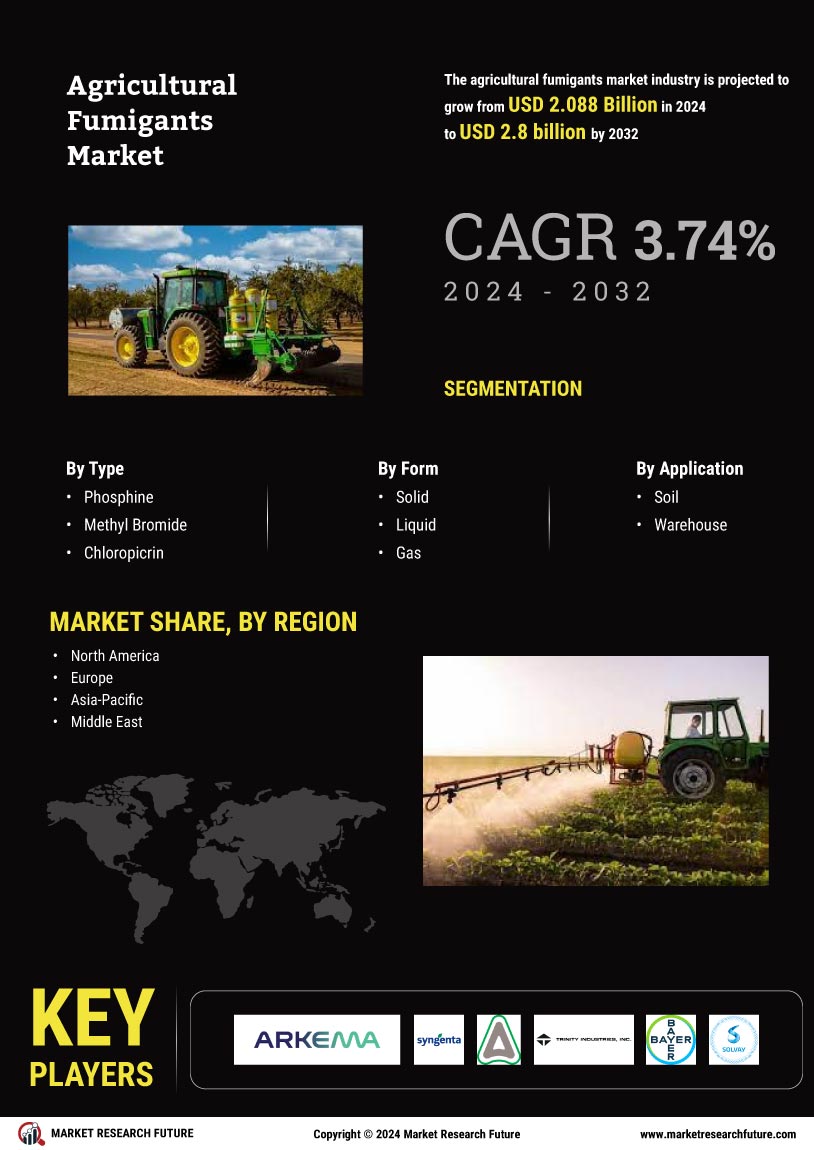

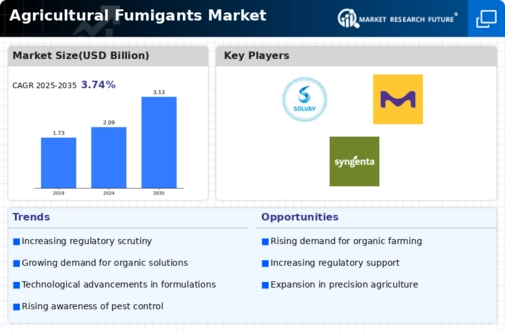

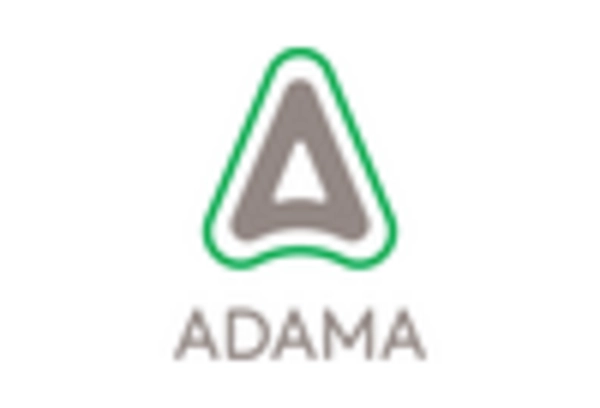



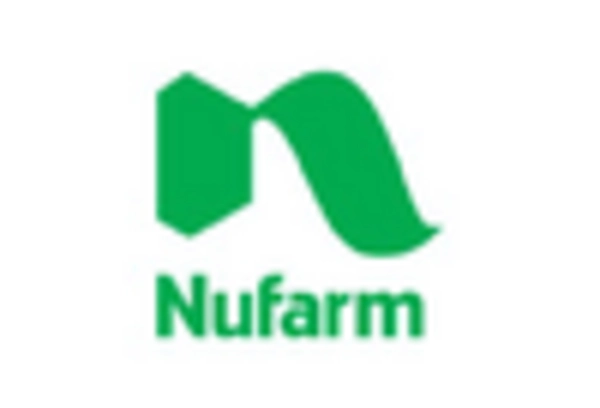
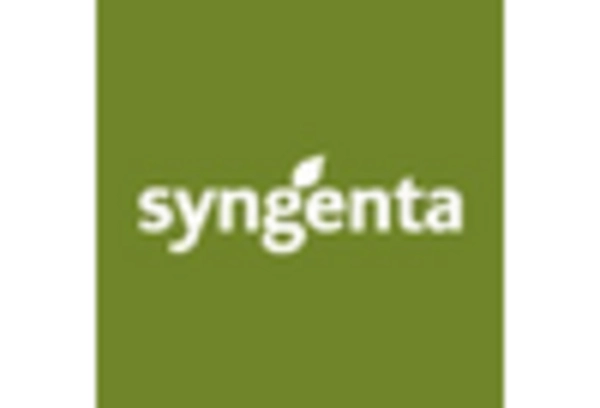








Leave a Comment